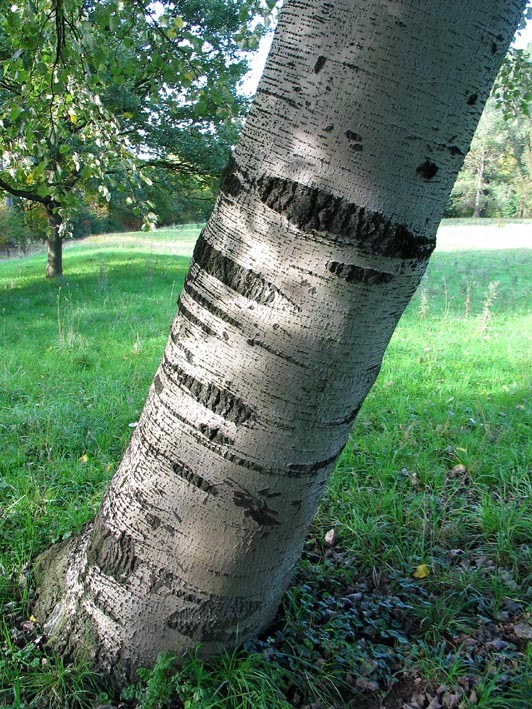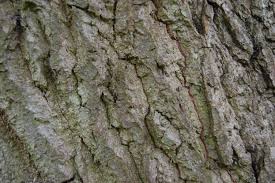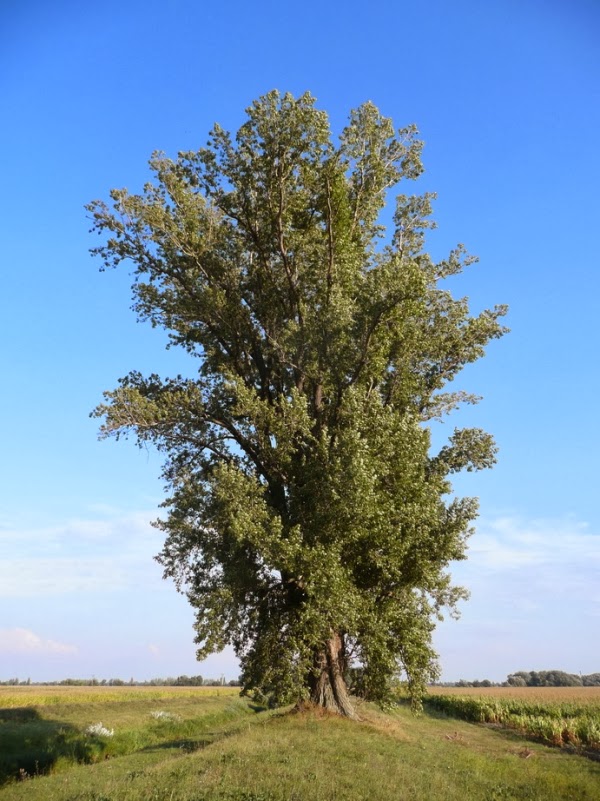There are several different species that were often planted, such as the White Poplar (the large tree seen here on the corner, with dark green leaves and white fuzzy undersides), a tree that when young has nice white bark with some intermittent black spots, but as it ages grows more black and course, the Black Poplar (the most common "Cottonwood," with more glossy leaves, darker bark, and no white fuzzy underside, and a more tapered growth), and Lombardy Poplar (the very common, very tapered pencil-like looking cottonwood, very closely related to the Black Poplar). It is worth noting that some of the White poplars also can have a narrow pencil-like growth habit (I have seen examples of this growing around Burraston Pond, south of Mona, UT).
Today you'll often see these trees in early Mormon settlements, relics of yesteryear. Often they grow along the old irrigation ditches (as these do), and once established, they can propogate via root suckers and continue for a very long time, unless otherwise disturbed. There are many White Poplars near this cache (especially the extremely large one on the corner), as well as some Black Poplars, if you look hard enough. As a kid, I lived right next to this grove of trees, and had loads of fun exploring, climbing, and having fun with these trees. I hope you'll find them as interesting as I did, and still do.
The Cache: Located near the corner and the sign post, finding this cache will allow you to get close and personal with my favorite tree, since it looks like it was easily planted when the pioneers first arrived. I lived in the house just to the east of this tree, but this grove was always my favorite place to explore. Have fun!
Tree Species Photos for Identification:
White Poplar Leaves:

White Poplar Trunk, Young:

White Poplar Trunk, middle aged:

White Poplar, Old:

Columnar White Poplar:

Black Poplar Leaves:

Black Poplar Tree:

Lombardy Poplar Trees:
